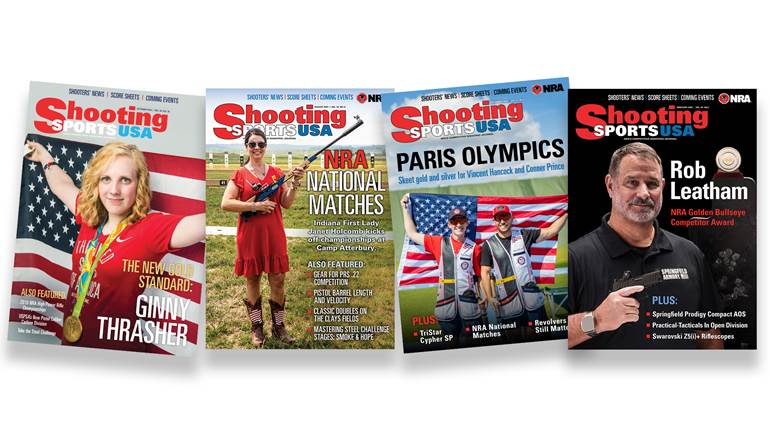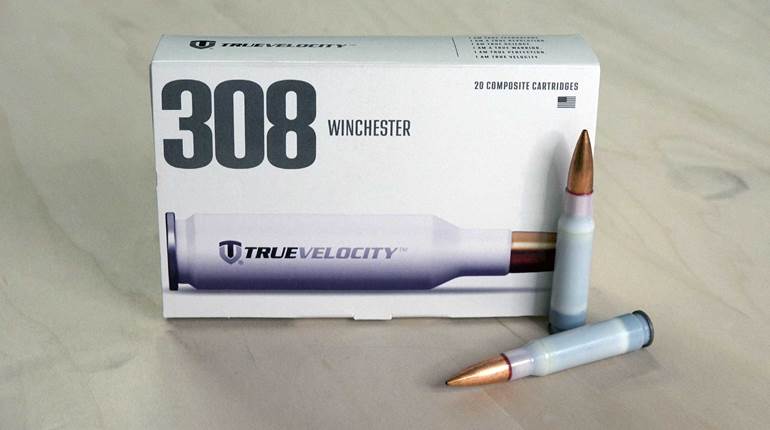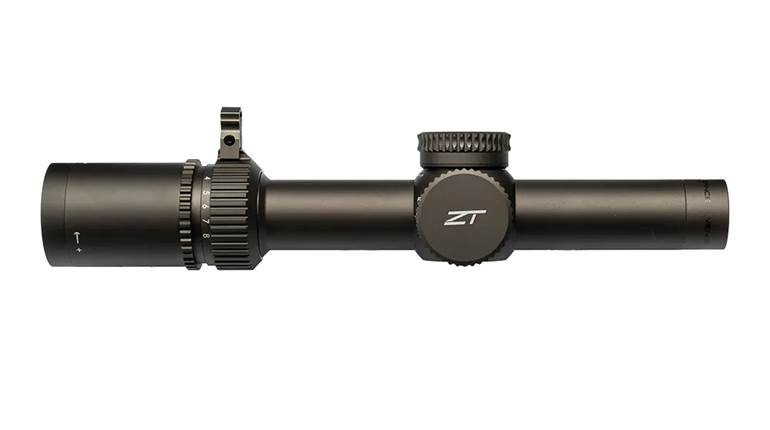
And the Oscar goes to… the Short, Magazine Lee-Enfield Mk III for best firearm in a dramatic role. Just kidding, they don’t give Oscars out for guns, but if they did, the Short, Magazine Lee-Enfield in Sam Mendes’ “1917" would certainly get the nod.
“1917” is a masterpiece of filmmaking; no doubt there will be real Oscars in its future. It joins Peter Jackson’s “They Shall Not Grow Old” in bringing the British experience in World War I—including the rifle that was backbone of the British army—in front of a new generation.
Not to spoil anything, but the film accurately portrays the uniforms, equipment, guns and experience of being a Tommy on the Western Front in the Great War. Unlike most films, I couldn’t pick apart the uniforms or kit (ever heard of Pattern 1914 Infantry Equipment?).
Adopted in 1902 as a short rifle with a 25 3/16” barrel for both cavalry and infantry, the SMLE replaced both the 30½” barreled “Long” Lee-Enfield rifles for the infantry and the shorter 20 ½” barreled carbines issued to cavalry. The lack of barrel length was soon made up for by the Pattern 1907 sword bayonet, which was 17” long. The nose cap used to mount the SMLE bayonet (first the Pattern 1903) gave the gun its distinctive profile.
In 1908, the British dispensed with the awkward charger bridge that was part of the bolt head and partly on the receiver—one things leading to the change to Mk III—and went to a solid, receiver-mounted charger bridge that allowed loading via stripper clips. Even though the SMLE had a detachable magazine, that’s not how it was used. The magazine really should only have been removed by soldiers for cleaning. No, the gun was fed through the open top of the receiver by sheet-steel stripper clips holding five rounds of .303 British.
The cock-on-close SMLE was one of the most robust and slick bolt-action military rifles of all time. Perhaps the Greek Mannlicher-Schoenauer of 1903 and the Krag-Jørgensen are slicker, but the former was only adopted by a few countries and the latter, with its sideloading magazine and no provision for stripper clips, was obsolete pretty much when it was adopted.
As finalized in 1908, the SMLE Mk IIII had a magazine cut-off on the right side of the receiver. Military thought at the time was that, if you only had occasional targets, you would engage the magazine cut-off and then only fire one round at a time while single-loading. If the enemy attacked en masse, one could simply pull the cut-off to the right, and 10 rounds could be fired rapidly before reloading.
In “1917,” one of the characters (I won’t give up who it is) has an SMLE Mk III with the cut-off, although there were no long-range volley sights on the left side of the fore-end at the back of the receiver that I could see in the film. Another character was armed with the SMLE Mk III*, which dispensed with the magazine cut-off and the long-range valley sights as a manufacturing expedient beginning in 1915.
Through much of the movie, the SMLE is there, whether in the hands or slung on the shoulder. The film does a masterful job of portraying the horrific conditions in which these rifles were used. With mud, filth and rats, “1917” provides a glimpse into the hell that was the trenches on the Western Front in World War I. But during that conflict, the SMLE served British soldiers and their Commonwealth Allies extremely well—even two divisions of American “Doughboys” were issued SMLEs in combat. It was a forgiving gun when it came to working in the worst of conditions. And even with its 17” Pattern 1907 sword bayonet, it was much handier than the long-barreled German Gewehr 98. The latter rifle does make an appearance, although not in the trenches themselves.
Several friends contacted me, knowing that I probably know too much about the subject, asking if there were “weaponlights” mounted on rifles during the Great War. There’s a scene you can see in the trailer in which soldiers are moving their way through a dark dugout, and it looks like the battery-operated flashlights (the British called them “torches") are mounted on the rifles.
To the best of my knowledge, this was not done during World War I, although a patent for such a device for revolvers was granted in 1912 to San Francisco’s George Seeley. I’ve never seen evidence of use of a torch on a rifle in British army publications, nor in any archaeological evidence. In the movie, the characters just use the flashlights alongside the rifles. I have not seen any manual or official source that trained troops to do so in this matter, but it makes for good filmmaking.
Some other guns have cameos, including the Lewis light machine gun, which was the standard automatic arm in British infantry platoons. By 1918, there were two per platoon. There are also scenes in which British sergeants and officers are armed with the Webley Mk VI revolver chambered in .455 Webley. This robust top-break, six-shot revolver with its square butt was standard issue after 1916 . Before that, it was the Mk V, also in .455 Webley, with its distinctive birdshead grip being standard.
In one scene, British troops are going “over the top,” and sergeants are standing behind them with loaded revolvers. The role of the Webley in this situation was a bit more grisly. The sergeants were there to make sure that the men indeed left the relative safety of their trenches and advanced into German machine guns and barbwire. If they didn’t go, it was the sergeant’s job to shoot them.
I’m no film critic, but this is a movie that I will see again, and not just for the Enfields.
Related Reading
The Keefe Report: The Guns of 'They Shall Not Grow Old'
Lee-Enfield Rifle: Workhorse of the British Empire
Handguns of the Great War: Webleys, Fosberys and Colts
'Grim Reapers:' The Machine Guns of World War I
Guns of the Devil Dogs: U.S. Marine Corps Small Arms of World War I























![Winchester Comm[94]](/media/1mleusmd/winchester-comm-94.jpg?anchor=center&mode=crop&width=770&height=430&rnd=134090756537800000&quality=60)
![Winchester Comm[94]](/media/1mleusmd/winchester-comm-94.jpg?anchor=center&mode=crop&width=150&height=150&rnd=134090756537800000&quality=60)












